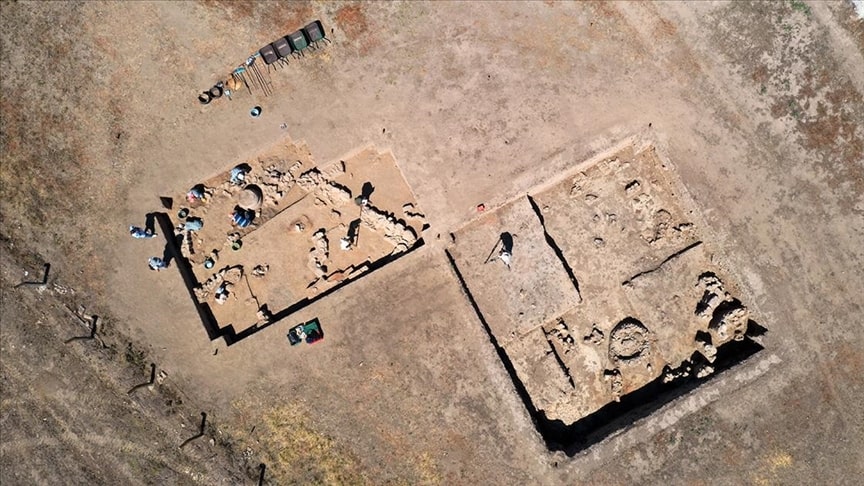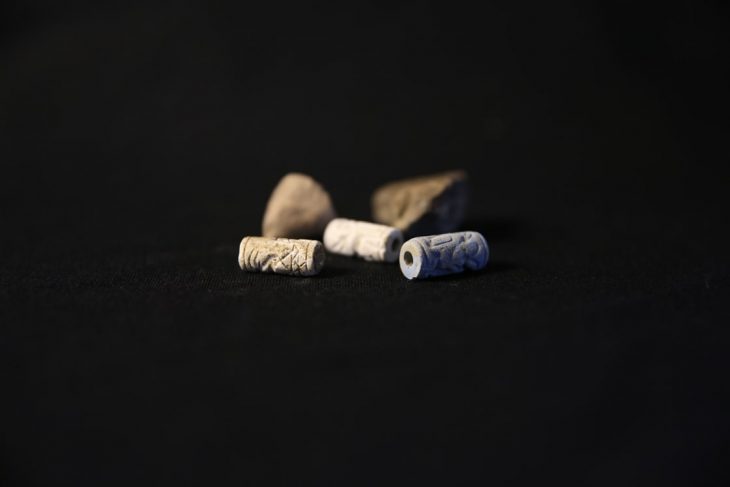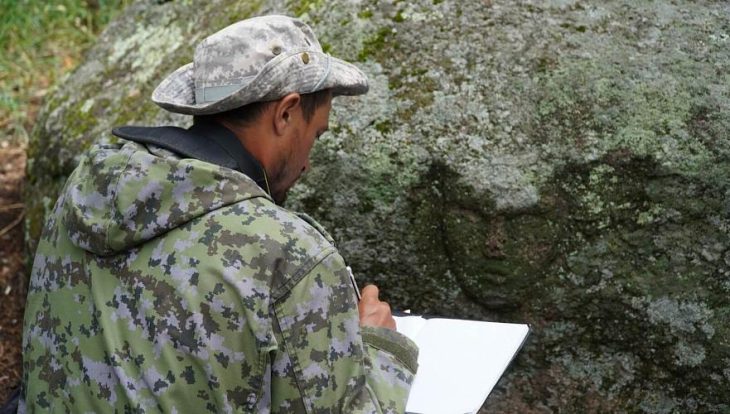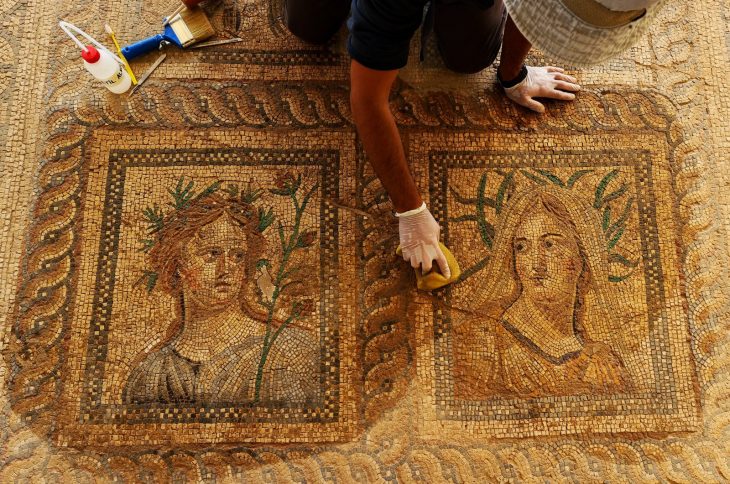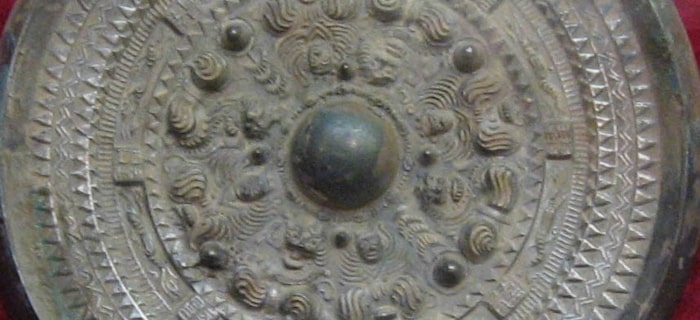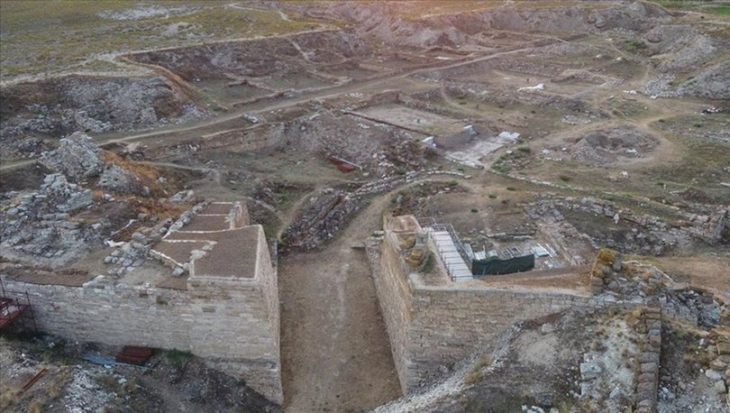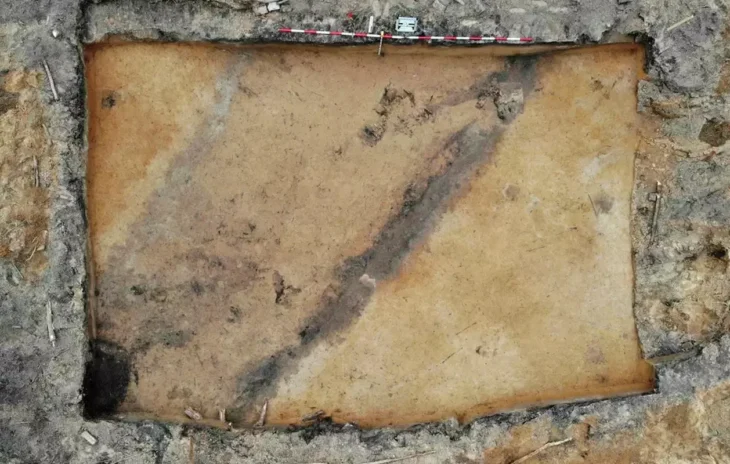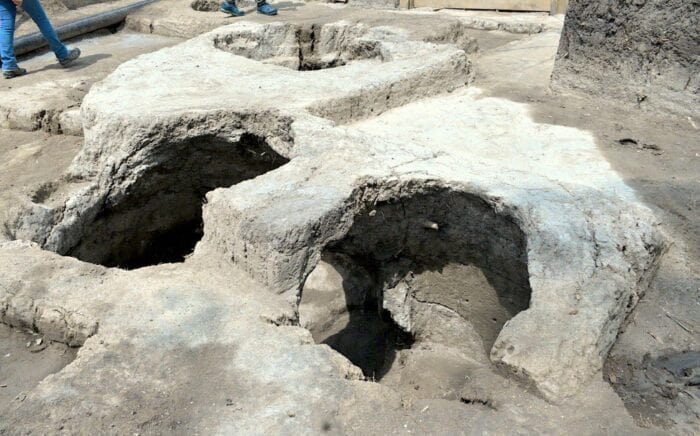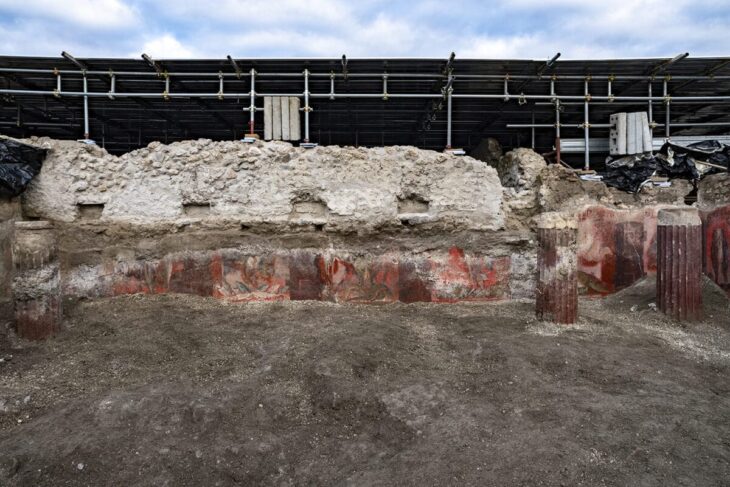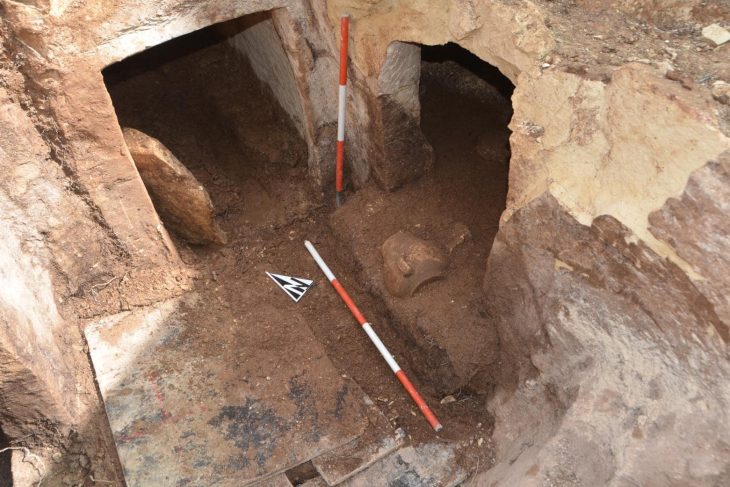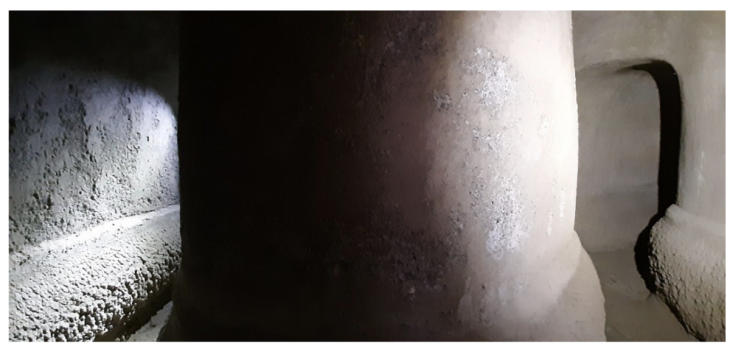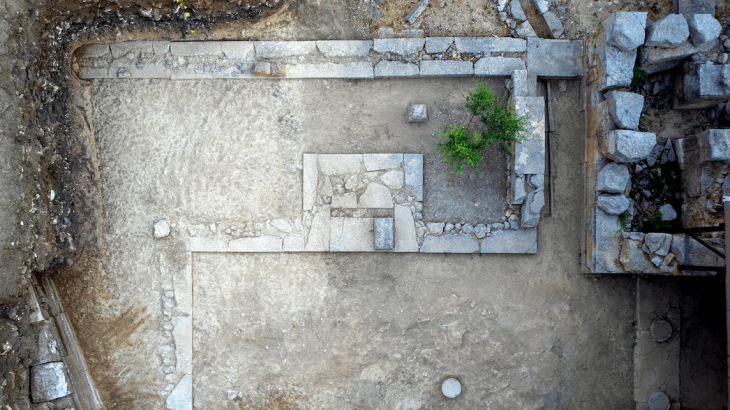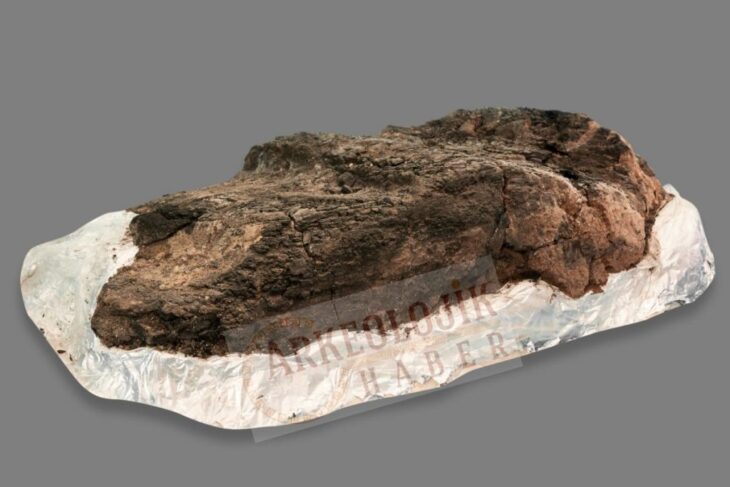Excavations at Tepecik Mound in the Çine district of Aydın province, located in the western part of Turkey, revealed a structure believed to have been used as a palace or temple in the 13th century BCE, along with storage jars for grain.
Çine Tepecik is located 5 km west of the town Çine in the province of Aydın. The settlement mound lies 600 m east from the present stream course of the Çine creek (Çine Çayı = the ancient river Marsyas) and 3 km southwest of the village Karakollar. This valley forms a strategic link to the Bay of Gökova and its natural ports.
Excavations at Tepecik Mound, which is located among olive trees and cornfields on the Çine Plain, have been carried out under the presidency of Professor Sevinç Günel of Hacettepe University’s archaeology department since 2004.
Three towers, a room containing items used by the rulers of the period for official visits, and obsidian used in tool making were discovered as part of the 17-year excavations at the archaeological site, which was known as a trade center in the past. Archaeologists also discovered a ceramic-tiled oven in the mound in 2021.
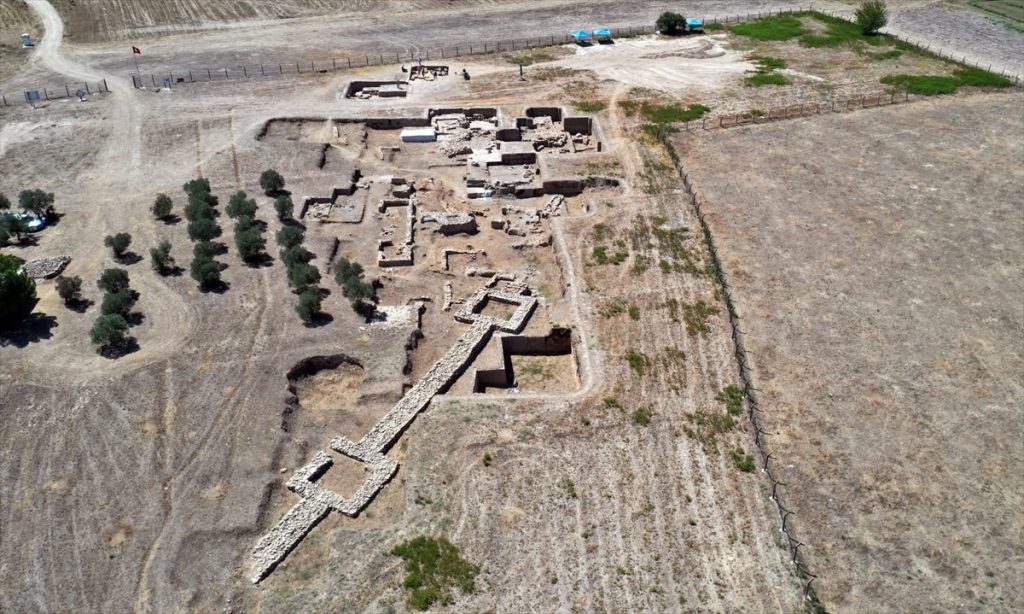
Speaking to Anadolu Agency (AA), excavation head Günel said that the region hosted settlements back-to-back for 7,500 years.
Günel stated that they excavated the settlement and cultural layers of the 2000s BC in the mound and that they found remains of architecture from the Late Bronze Age during the work in the south of the settlement.
“The mound has a long-term settlement process and we are currently excavating the settlement culture layer of the second millennium BC. In this area, architectural remains from the 13th century BC (Late Bronze Age) surprised us with a magnificent wall structure and finds,” she said.
“Unlike previous years, the structure is quite thick, has a splendid wall knitting technique, and is probably very large. According to our first predictions, it has an architecture that I can say belongs to a public building. Large jars associated with this structure were identified. These storage jars function completely as a warehouse. Therefore, I can say that we are currently working on a storage area belonging to a magnificent public structure,” she added.
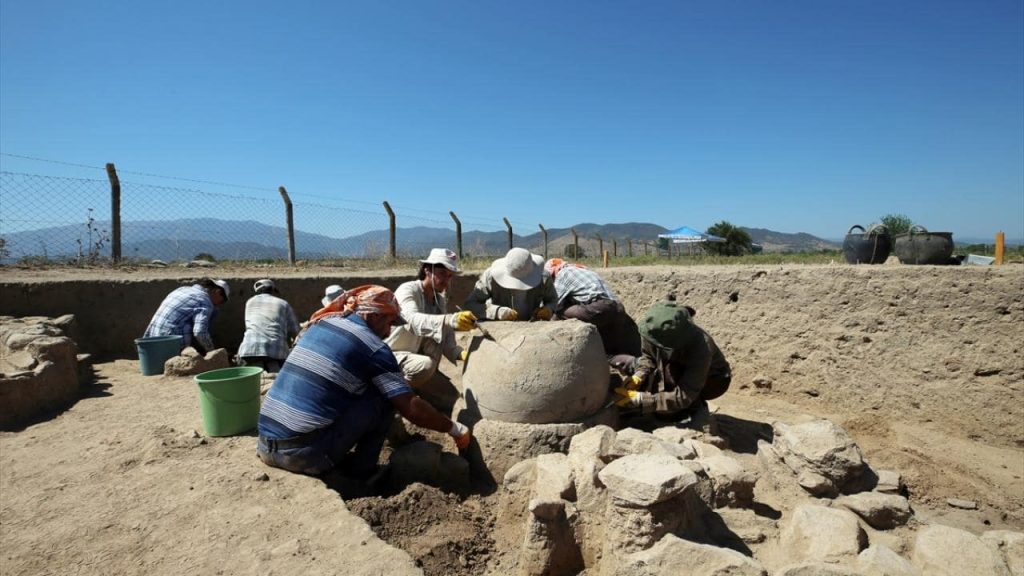
Stating that the building where the jars are located has different architectural features, Günel stated that structure reminds the remains of a building that has a special meaning such as a palace or temple architecture in Pre Asian archaeology, but it is too early to speak. She stated that he will be able to speak more precisely when the work progresses and that it is more correct to define the building as a public building for now.
Pointing out that Tepecik was a trade center for obsidian and agricultural products used in the making of tools and weapons as a result of the excavations carried out in previous years, Günel noted that this year’s discoveries of the jars also suggest a storage system under local administration and point to a vibrant agricultural economy.
The remains inside the jars, which are thought to belong to the period of Arzava or Mira Kingdom, a country affiliated to the Hittite Kingdom in 1350-1300 BC, will be subjected to archaeobotanical examination.
Cover Photo: Ferdi Uzun / AA

